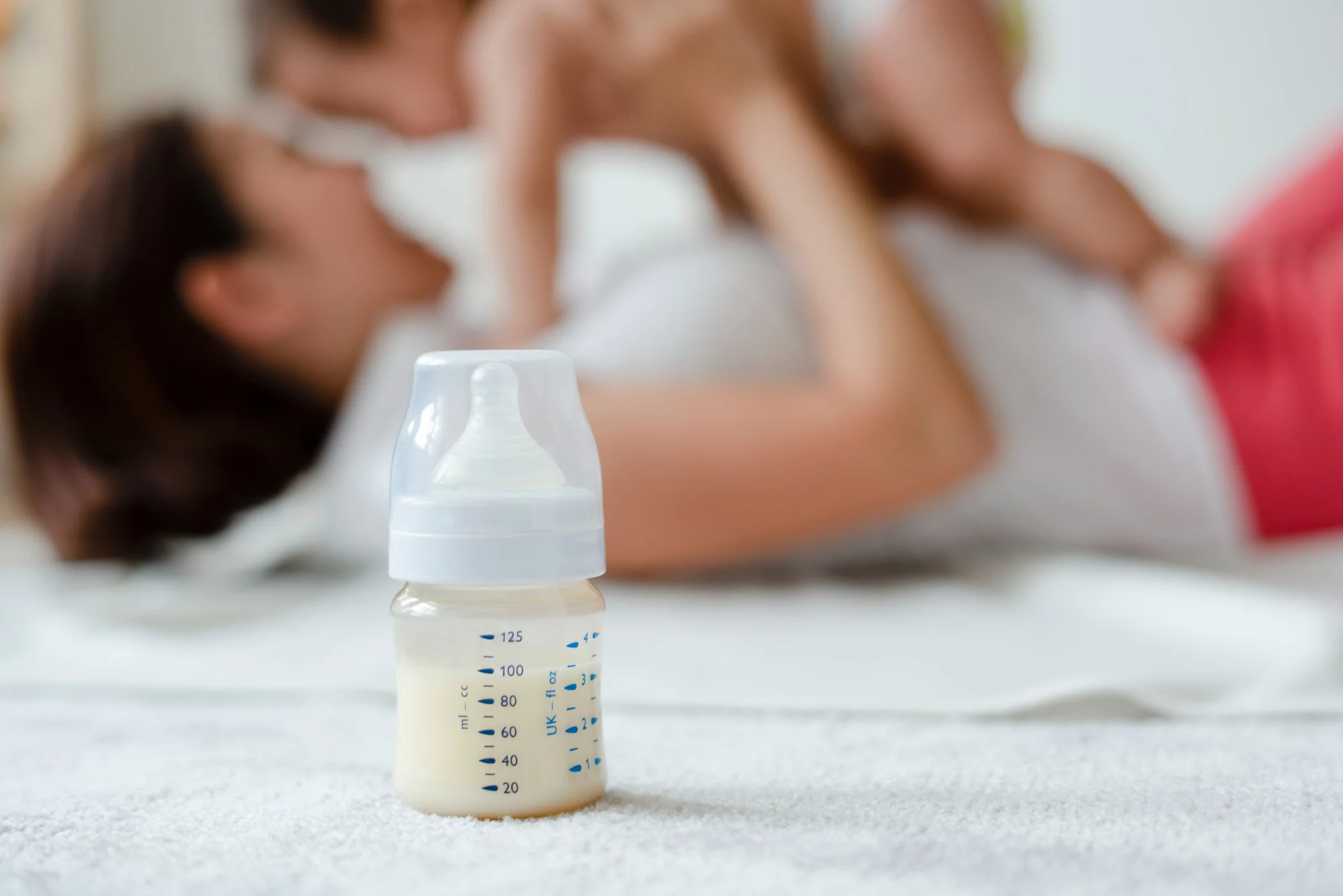Introduction
A recent study published in the Journal of Chromatography A has unveiled an innovative approach towards monitoring phthalate esters (PAEs) in water and milk solutions, particularly those stored in baby bottles. A team of researchers, including Zahra Mehrani, Homeira Ebrahimzadeh, and Ebrahim Moradi from the Faculty of Chemistry and Petroleum Sciences at Shahid Beheshti University in Tehran, Iran, have developed a poly m-aminophenol/nylon 6/graphene oxide (PmAP/N6/GO) electrospun nanofiber film that demonstrates a markedly efficient sorbent for thin film microextraction (TFME). This breakthrough is crucial, given the negative health impact of PAEs that has been a growing concern, accentuated by their frequent usage in the manufacture of consumer plastic products.
The research article, originally published online on August 30, 2019, details the synthesis and application of this novel material for the extraction and subsequent quantification of phthalates, utilizing a robust thin film microextraction-gas chromatography-mass spectroscopy (TFME-GC-MS) method.
Keywords
1. Phthalate Detection
2. Baby Bottle Safety
3. Nanofiber Sorbent
4. Microextraction Techniques
5. Graphene Oxide Nanotechnology
The health of our children is an issue of paramount importance. With that in mind, researchers are continually looking for ways to ensure the safety of products meant for infant use, particularly feeding bottles. In a groundbreaking study detailed in the Journal of Chromatography A, scientists from Shahid Beheshti University in Tehran have introduced a novel nanofiber solution to effectively identify and measure toxic phthalate esters in food solutions reserved in baby bottles.
Phthalate Esters: A Growing Concern
Phthalate esters (PAEs), commonly used as plasticizers, are a group of chemicals that have raised serious health concerns due to their potential endocrine-disrupting effects. Certain types of PAEs have even been associated with developmental and reproductive issues in infants and young children. Consequently, the detection and quantification of these harmful compounds in consumer products – particularly those in contact with food, like baby bottles – are critical.
Revolutionary Nanofiber Sorbent: PmAP/N6/GO
The research team, consisting of Zahra Mehrani, Homeira Ebrahimzadeh, and Ebrahim Moradi, focused on the development of an electrospun nanofiber film made from a polymer combination of poly m-aminophenol, nylon 6, and graphene oxide (PmAP/N6/GO). This material impressed with its large surface area, porous structure, and hydrophilic properties, which translate into high stability and extraordinary extraction efficiency.
The practical application of PmAP/N6/GO for thin film microextraction (TFME) sets a new standard in the early detection of PAEs. Notably, the preparation of the nanofiber incorporated the use of electrospinning, a technique adept at producing ultra-thin fibers with nanoscale diameters. This innovative approach ensures an extensive surface-to-volume ratio, vital for the heightened sensitivity in PAE detection.
Microextraction Meets Gas Chromatography-Mass Spectrometry
A significant part of the study revolved around developing a TFME-GC-MS method tailored to quantitatively analyze PAEs in solutions. The team methodically investigated the numerous parameters influencing the extraction performance. According to the published data, the optimum conditions yielded an impressively large linearity range of 0.5-250 ng mL-1 for the PAEs under study.
The TFME-GC-MS technique represents a two-fold scientific achievement: the TFME procedure employs the novel PmAP/N6/GO nanofiber to isolate and concentrate PAEs, while GC-MS provides a powerful analytical platform for precise quantification. The technique’s sensitivity is crucial for adhering to the stringent safety standards required for materials in contact with food for infants and children.
Implications and Future Directions
The success of this novel PmAP/N6/GO nanofiber in the TFME of PAEs unveils a new pathway for safer consumer products. It could potentially lead to stricter regulatory oversight and better compliance with health and safety standards, particularly for commodities intended for infants. However, the study’s implications extend far beyond baby bottles—the same technology could be adapted for broader use in environmental monitoring and the food industry, given the pervasive nature of PAEs.
The pioneering work of Mehrani, Ebrahimzadeh, and Moradi demonstrates the versatile applications of nanotechnology in improving public health safety measures. Future research may explore the scalability of producing such nanofibers and the feasibility of implementing the TFME-GC-MS method in routine testing labs and manufacturing quality control.
References
1. Mehrani, Z., Ebrahimzadeh, H., & Moradi, E. (2019). Poly m-aminophenol/nylon 6/graphene oxide electrospun nanofiber as an efficient sorbent for thin film microextraction of phthalate esters in water and milk solutions preserved in baby bottle. Journal of Chromatography A, 87-94. https://doi.org/10.1016/j.chroma.2019.04.057
2. Net, S., Sempéré, R., Delmont, A., Paluselli, A., & Ouddane, B. (2015). Reliable quantification of phthalates in environmental matrices (air, water, sludge, sediment and soil): A review. Science of the Total Environment, 515-516, 162-180.
3. Staples, C. A., Peterson, D. R., Parkerton, T. F., & Adams, W. J. (1997). The environmental fate of phthalate esters: a literature review. Chemosphere, 35(4), 667-749.
4. Serrano, S. E., Karr, C. J., Seixas, N. S., Nguyen, R. H., Barrett, E. S., Janssen, S., & … Swan, S. H. (2014). Dietary phthalate exposure in pregnant women and the impact on their newborns: a review. Journal of Exposure Science & Environmental Epidemiology, 24(2), 115-123.
5. Zoller, U. (2007). Handbook of Detergents, Part F: Production. CRC Press.
DOI: 10.1016/j.chroma.2019.04.057
Conclusion
The work carried out by researchers at Shahid Beheshti University marks a significant milestone in the journey toward ensuring the safety of products for young children. The PmAP/N6/GO nanofiber offers a new and highly effective option for monitoring the presence of phthalates, with the potential to reshape how quality control and safety assessments are conducted in various industries. This modern nanotechnological advance serves as an irrefutable testament to the progress science can make in safeguarding the health and well-being of future generations.
